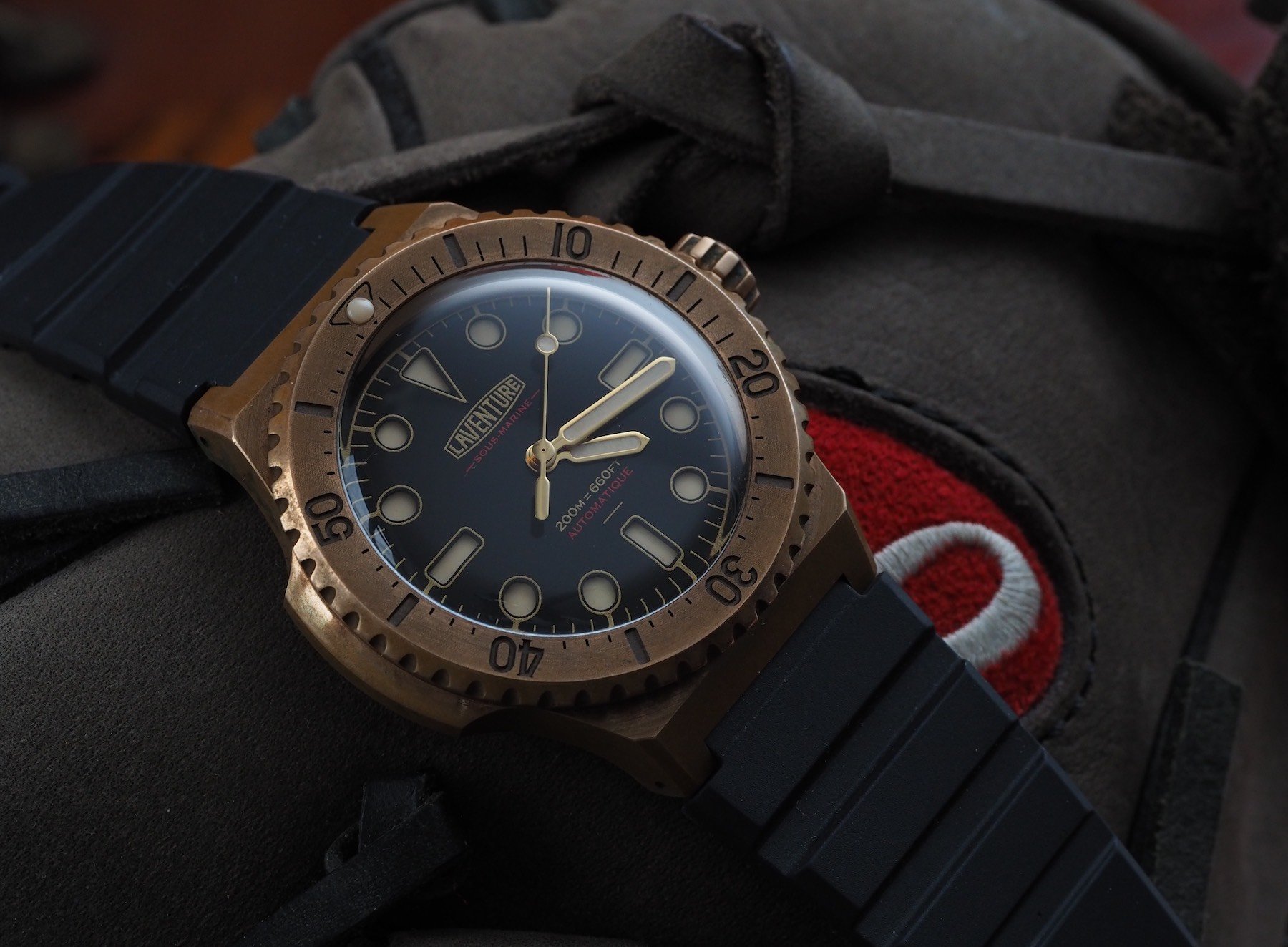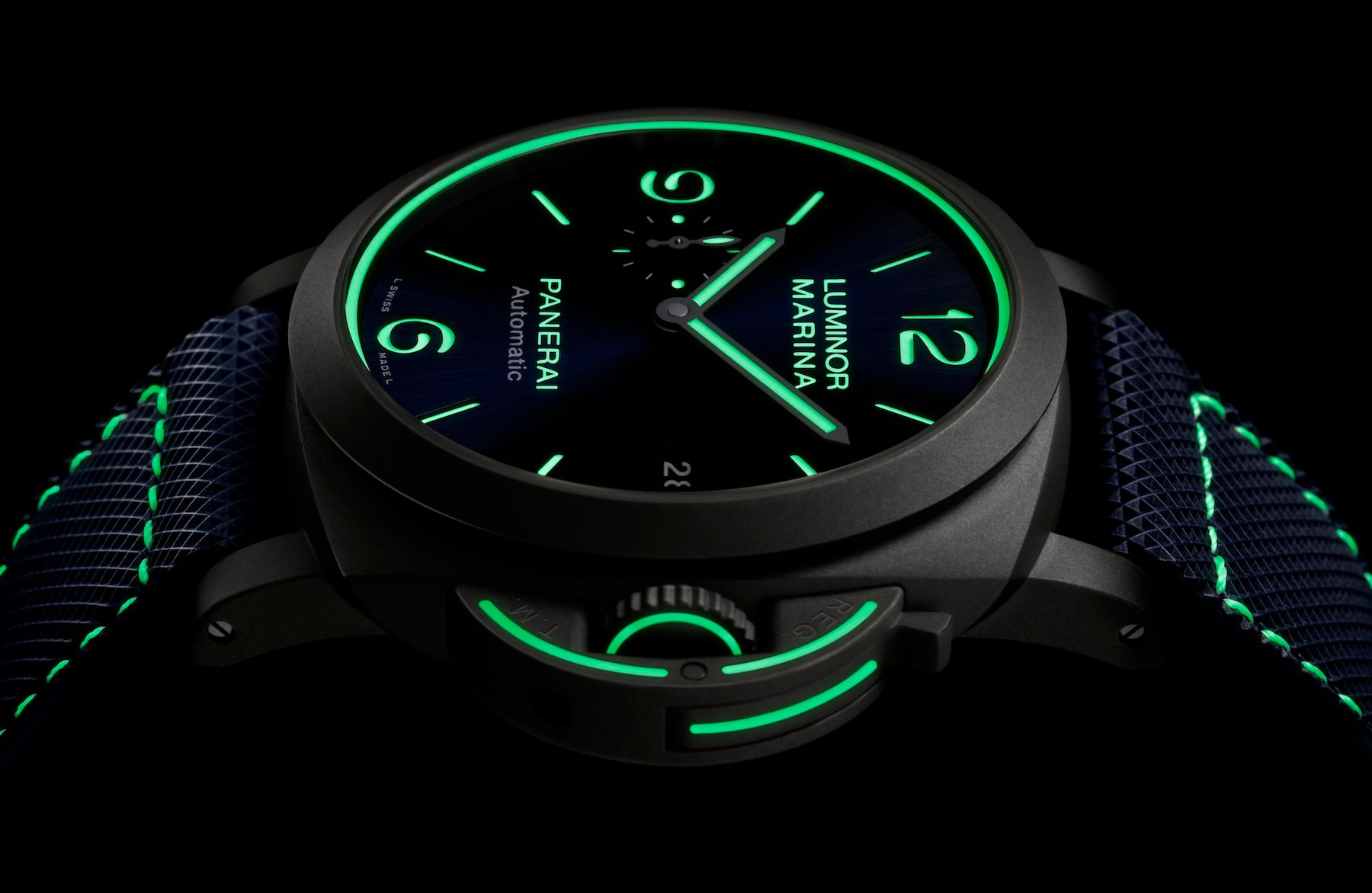Designing Watches For A Market On The Move
One thing that becomes very quickly apparent when your business is reviewing watches for a global audience, is that everyone has an opinion of what a watch should look like. Thankfully, the vast majority of watch lovers seem open to being persuaded by something new. Many actively enjoy having their minds changed. Or, at the very least, having their core beliefs challenged. These open, ardent, and quite often eloquently communicative fans of watchmaking are a pleasure to write, and, even more refreshingly, design for.
But the life of a watch designer is hard. Its esoteric foibles can keep good men and women of (previously) sound mind, up at night, and have them gnawing their nails to the bone right up until the day their latest creation is birthed into the world. And then they wait. While the fruits of their labor are thrown to the mercy of (or patent lack thereof) a community desperate for novelty but often violently allergic to change, they must hope that something about their offering resonates with at least a portion of their audience.
“Perfect” design
Pleasing all of the people all of the time is impossible. Frustratingly, it is plenty hard enough to please some of the people some of the time. Whatever your idea of “perfect” design is, there is a direct counterpoint somewhere in the industry. How many times have you seen comments regarding the same watch extol the piece in question as either a “minimalist masterpiece”, or “boring”? How about a multi-function sports watch described by some as an “exceptional tool watch, perfectly suited to its intended environment”, while others anoint it a “cataclysmic mess that should be thrown back into the Jackson Pollock fever dream from whence it came”?
…your client base is likely to be a list of exceptions…
And more maddening still is the fact that demographic profiling only works in very broad strokes. Often, target demographics are defined by criteria that have inherently little to do with aesthetic taste. Think tanks look at things like occupation, financial means, age, etcetera. But this doesn’t help you define exactly who your customer is supposed to be. And you don’t have to work in the industry long to know that however hard you try to pin it down to one “type” of person, your client base is likely to be a list of exceptions to whatever expectation you settled upon.
The test of time
Truly successful designs — those that stand the test of time — tend to have one thing in common. They are not just designed by the designer, but also for them as well. Of course, it is possible for a brand to design a watch by committee, utilizing sales data, broad demographic analysis, and current market trends, and have no little success with it (commercially, at least). But the icons of the industry are rarely born this way.
…the pantheon…
Sudden explosions of genius, oftentimes a naturally occurring cocktail of time, place, and necessity, have given us many classics throughout the years. These watches — the influence of which echoes down the ages — are rare, but the pantheon in which they reside is not inaccessible. There is no reason why the current crop of watch designers cannot come-up with models equally as majestic as the Rolex Submariner, the Audemars Piguet Royal Oak, or the Patek Philippe Calatrava. But in this climate, they will have to dig deep.
Value
Customer priorities have changed. Ignoring this and designing a watch independent of industry context may well be a laudable pursuit from an artistic perspective (and certainly has a place in concept laboratories and workshops the world over), but it is commercially foolhardy.
…to make quality affordable, smart design decisions have to be made at the drawing board…
Yes, the cost is important. But what is more important than cheapness is value, and value stems from the underlying quality of the piece, not its actual price tag. Time and time again, wide-eyed, somewhat green Kickstarter campaigns pop-up promising to “democratize” luxury by making it affordable. Unfortunately, however, such a promise doesn’t even make sense. Luxury cannot, by its nature, be democratized; quality, however, can be. And to make quality affordable, smart design decisions have to be made at the drawing board before the first tool touches the metal.
Smart design decisions
So what do I mean by smart design decisions? At first, I’m sure that sounds like a pretty subjective thing, but I assure you, it’s not. This isn’t the same as deciding between a black dial or a pink dial simply because the black dial is more likely to sell. I am talking about adding actual quality rather than subjective value to a piece while keeping an eye on the bottom line.
…a smart commercial decision…
Here’s the thing: A black dial costs the same as a pink dial (for the sake of this example). It is more commercially viable, with trustable trends having shown it to be a far more saleable color over a long, long period, irrespective of geography. But there is nothing in that decision that suggests the quality of the dial relative to its industry peers. That decision is a smart commercial decision, but it says surprisingly little about the way the dial is designed.
Design pathways
There are many pathways to reaching a final design. Some build exactly what they want. They cost out the project and charge what they need to for the project to be viable. Others start at the end with a retail price in mind and work backward. They try to create a watch that comes in on budget. The temptation when following the second of these pathways is to try and emulate the watch designed via the first. That, quite obviously, is a risky business indeed.
…a cheap imitation of something (roughly) four times as good.
Simply put, in watch manufacturing you usually get what you pay for. When it comes to retail prices that’s an entirely different story, but let’s shelve that discussion for another day. If a watch designer wants to create a watch that retails for £1,000 but wants it to be as similar to a watch that retails for £4,000 as it can be, one of two things will happen. The designer may be left with an excellent product and no profit margin. Either that or the watch will be a cheap imitation of something (roughly) four times as good.
Rolex GMT Master II
Smart design decisions are required to avoid both eventualities. If you take a popular example from the market today like the Rolex GMT Master II “Pepsi” and break down the aspects of its “quality” you can start to appreciate (and notice) the thought process behind watch design.
Sticking with the dial: The Rolex GMT Master II has applied hour markers filled with Chromalight lume. So too are the hands treated with Chromalight. This is a pretty special type of luminant, to begin with, but the depth and accuracy of its application on these hour markers result in an incredibly bright afterglow of up to eight hours.
…the homogeneity of the glow…
What is doubly impressive about the luminosity of the Rolex GMT Master two is the homogeneity of the glow given off by the hour markers and that of the hands. More often than not, even on very good, “luxury” watches, the hands-on tend to glow noticeably brighter than the hour markers.
Blowing the budget
There are countless watches retailing north of £5,000 that have terrible lume homogeny. It is infuriating. Not because there is nothing that can be done about it, but rather the exact opposite. One design decision that can be made, for example, to get strong lume homogeny without blowing the budget on super-sexy lume on Rolex’s level (or having to pay for multiple layers of inferior lume or having the hour markers cut from a solid luminous compound) is to opt for a sandwich dial instead.
…quality hunters on a budget.
Now not all sandwich dials are created equal. But the crispness of stenciled numbers on the dial underlain by a heavily lumed disc is a tempting prospect for quality hunters on a budget. It isn’t mandatory to use this style, nor is it to everyone’s taste. It is just an example of how to make a cost-effective decision motivated by quality.
Case finishing
Another example that often flies over the heads of the cool-hunters of Kickstarter is case finishing. I’ve backed a lot of Kickstarter projects. I’ve followed even more. Whenever I find one I really like, and really believe in, I review the end product. I don’t set a budget on my purchases and I don’t set out with any aesthetic bias — I just buy what I like.
…it is hard to appreciate from renders…
Case machining and case finishing is something that very often has to be inspected in the metal to be understood. The fact it is hard to appreciate from renders or even perfectly-staged real-world press shots makes it incredibly difficult for prospective buyers to draw accurate comparisons between two watches. Worse still, it is very easy for unscrupulous watch designers to skimp on this aspect to save money.
Degrees of finish
There are a great many degrees of finish. There are good finishes and bad finishes of the same kind. Just because a watch is “brushed” doesn’t necessarily mean it is brushed well. Technical specifications don’t tell the whole story, but the proof is most certainly in the pudding. But for consumers to decide if they want to invest in a second helping of said pudding, they have to be convinced to tuck-in in the first place. This makes brand building and concept communication before release the most important thing for the success of an inaugural timepiece.
…to offer a product that delivers…
To a designer, this truism can be understandably agonizing. But there is hope. In this day and age, brands will live and die on their products’ quality. Forget brand philosophies. Forget even marketing. Without good products, they will not last long.
Getting it right with the first release is the only bankable way for a second making it to market. That is where the designer’s ability to make wise design decisions to offer a product that delivers on not only on an emotional level but also on a physical plane is put to the test.
Conflict
This discussion doesn’t begin and end with new brands. Far from it. This quality versus cost conflict occurs within all organizations. While a young company might be struggling to strike the right balance between providing their consumers with an excellent product and literal solvency, a major group brand has to consider than a penny saved on a cheaper handset is a penny more for the advertising budget. And at that kind of volume, that saving adds up.
But as far as customers are concerned, the one thing that matters is that their purchase brings them joy. Yes, some will appreciate in value, but most won’t. Not all timepieces will remain fashionable. Few will go on to break records at auction. But many will always be fun to wear. Because the simple truth is that quality is the one thing in this game that never gets old.










